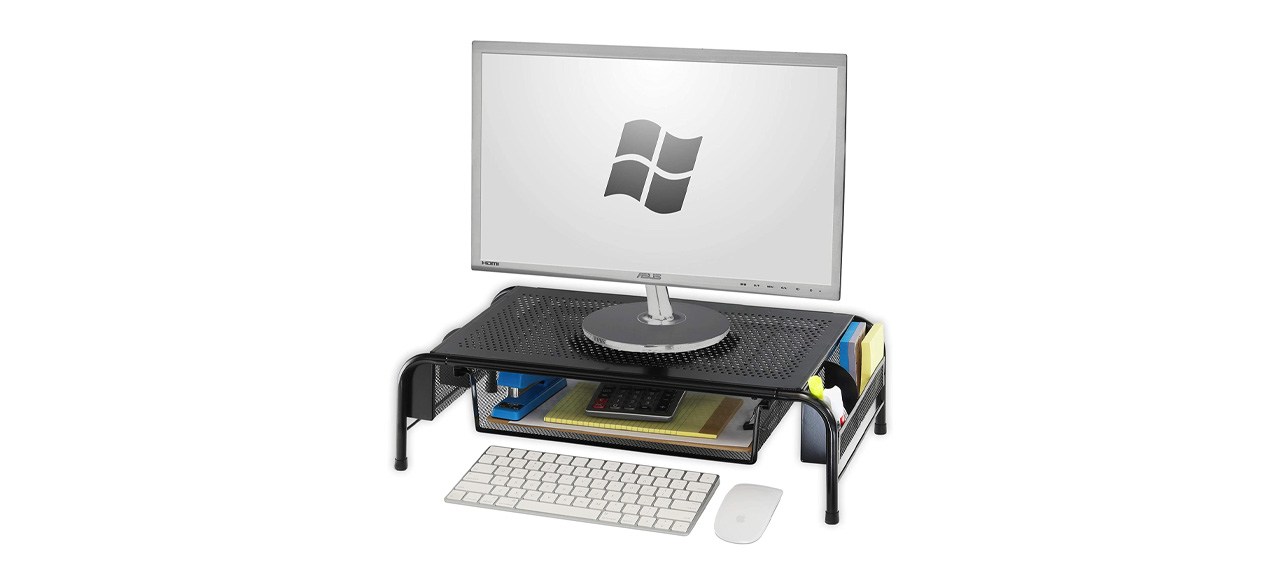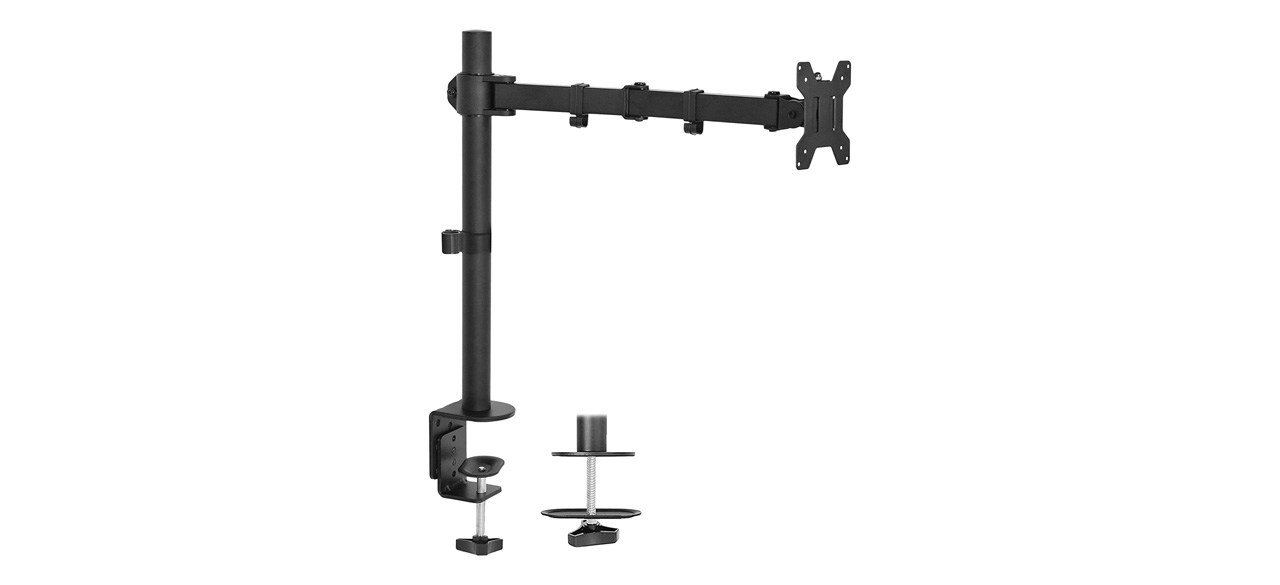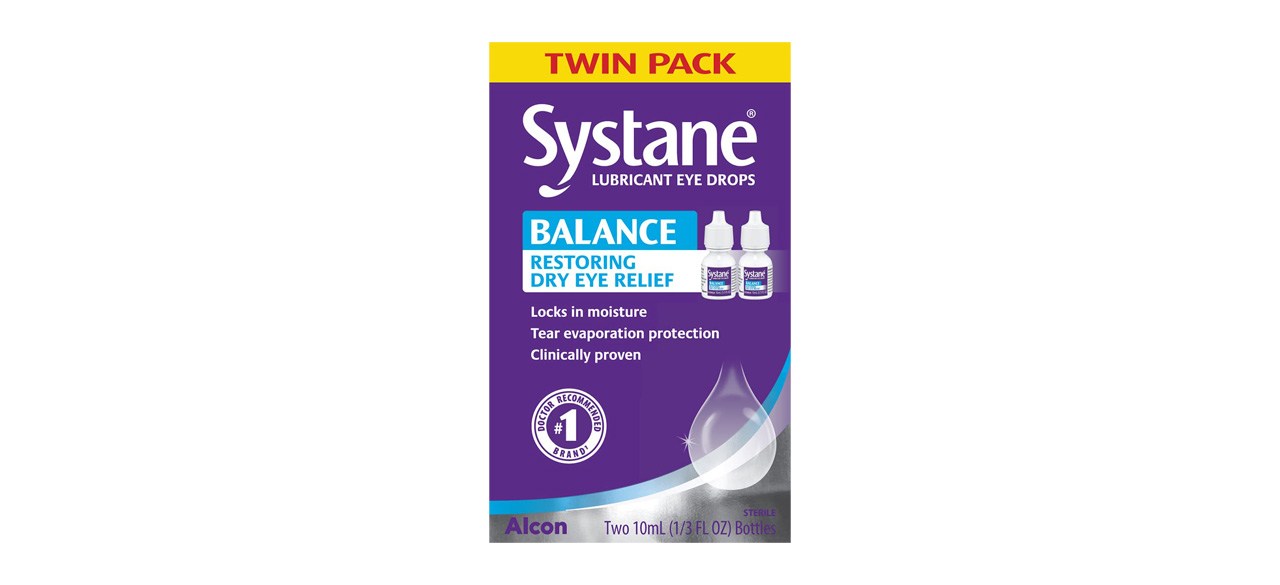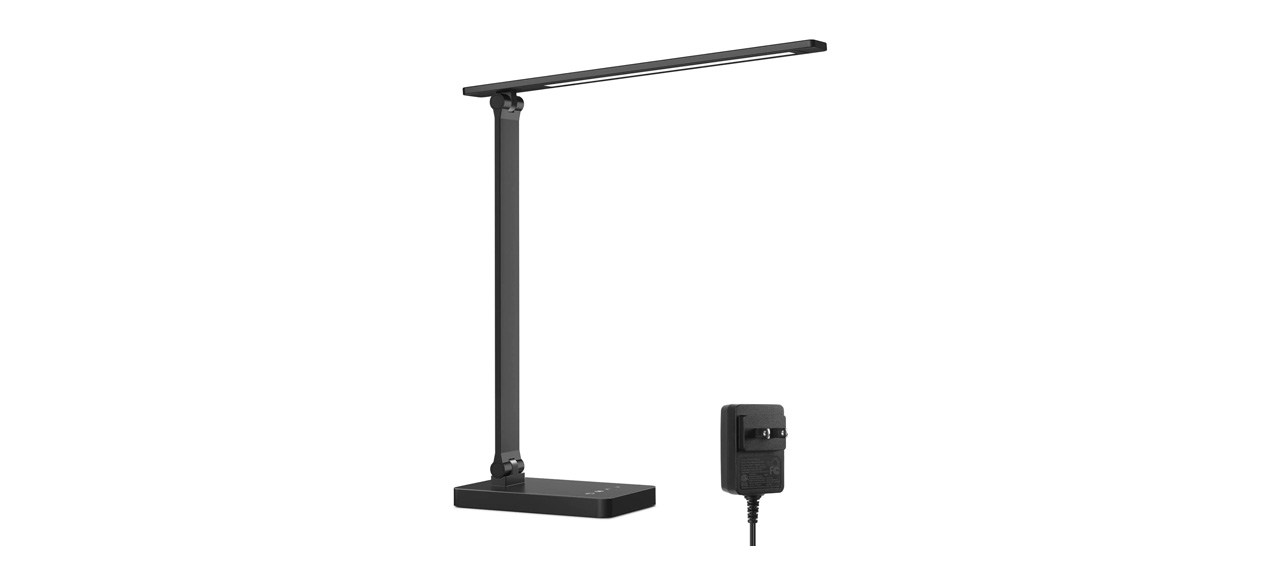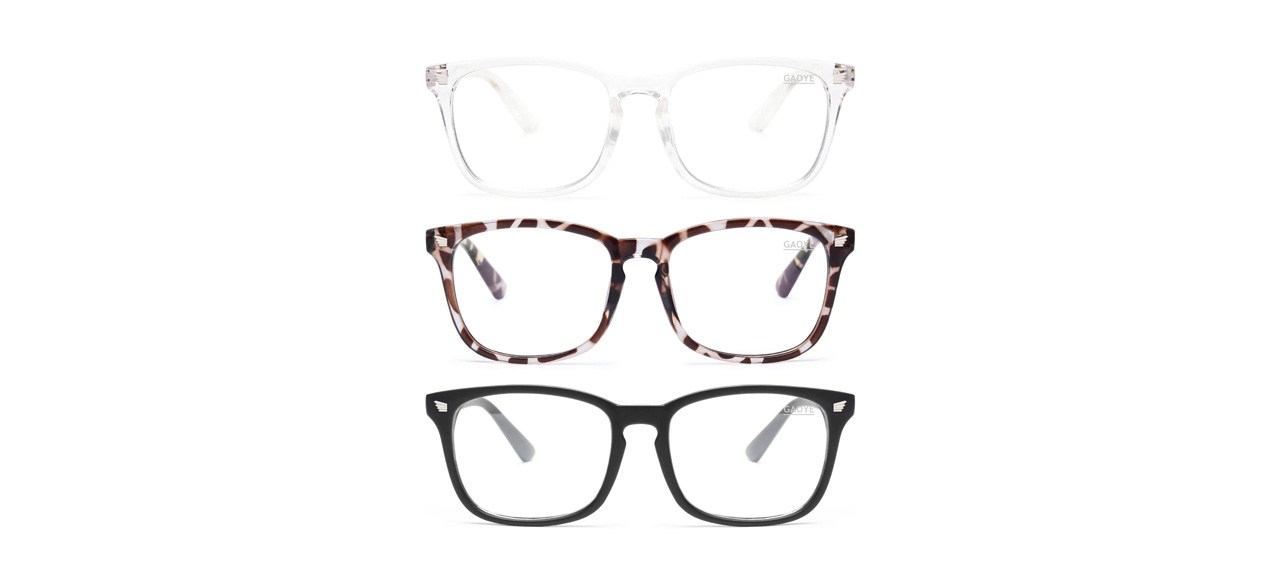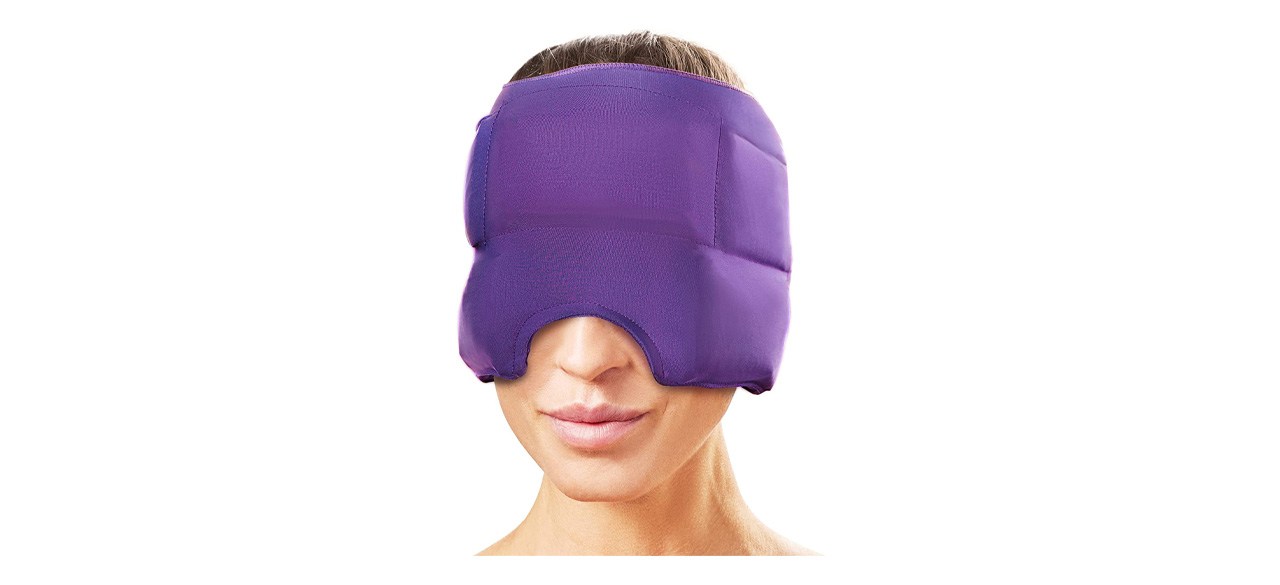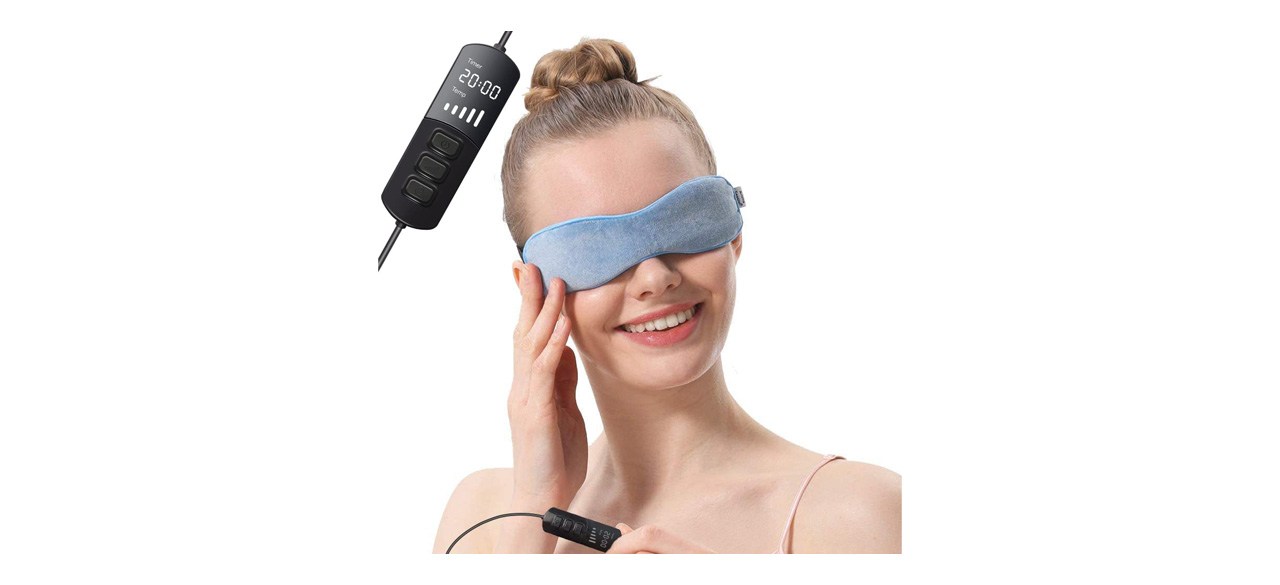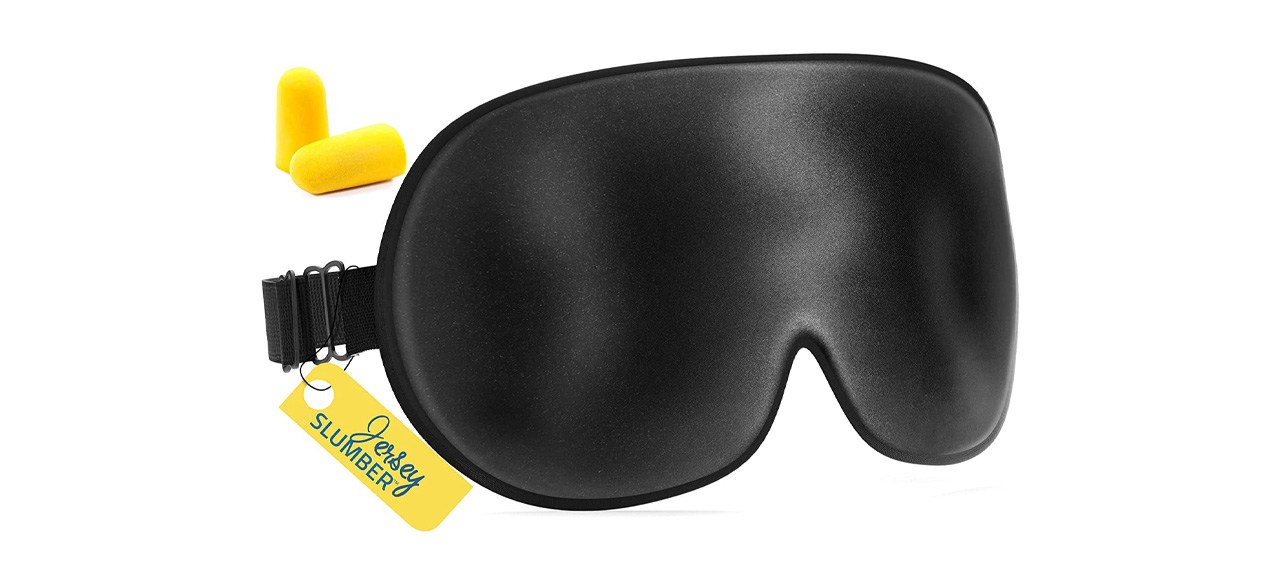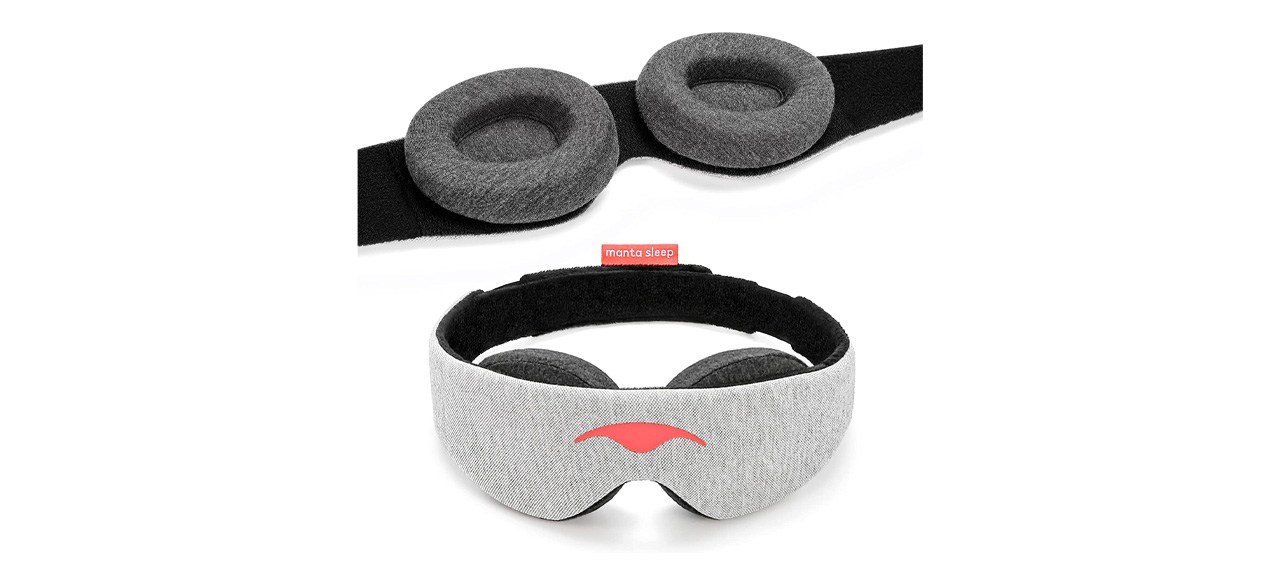Headaches from computers
Spending long hours in front of a screen for work, gaming or remote learning takes a toll on your eyes and may result in painful headaches.
There’s more than one way to conquer these painful periods. Some people get relief by simply taking more frequent breaks or resting their eyes, whereas others use blue light-blocking glasses or adjust the screen’s brightness settings.
To help you find ways to manage computer screen headaches, we’re sharing this list of tips and recommendations.
Computer screen headaches
Causes of computer headaches
Prolonged periods in front of screens and devices can cause computer headaches. The increase in screen time means greater exposure to blue light, which may contribute to digital eye strain.
Unfortunately, prolonged blue light exposure isn’t the only cause of computer headaches and digital eye strain. Screen or eyeglass glare, poor lighting and uncomfortable monitor heights may contribute to both of these issues.
While the obvious solution may appear to be to reduce screen time, it’s not a viable option for everyone in a digital world. Instead, it’s helpful to understand computer headaches, as well as your options to manage them.
What is blue light?
Screens emit blue light on laptops, computers, smartphones and tablets. Prolonged blue light exposure may contribute to less blinking, which in turn causes eye moisture to decrease. As a result, this can cause digital eye strain and turn into computer headaches.
How do I know if I have a computer headache?
Computer headaches, also called computer eye headaches, typically affect the forehead and areas around the eye.
In addition to pain and discomfort, the American Optometric Association reports some individuals to experience pressure or tension around the neck and shoulders. Others may experience dry eyes, double vision or blurred vision.
Who is affected by computer headaches?
The American Optometric Association states the average American worker spends seven hours a day in front of a computer. This doesn’t include additional time spent looking at phones, tablets and televisions.
Adults aren’t the only people affected by computer headaches, either. The AOA indicates that 83% of children use devices three hours per day, and 40% percent of parents feel it’s much higher than that. So, it comes as no surprise that some children may experience similar symptoms as adults.
Computer screen headache remedies
Take breaks
According to the American Academy of Ophthalmology, one way to combat computer eye headaches is to follow the “20-20-20” rule. Every 20 minutes, look away from the screen at an object no less than 20 feet away, for at least 20 seconds. Additionally, it’s recommended to take a 15-minute screen break every two hours.
Adjust screen settings
Some people find it helpful to adjust screen settings on their monitor. That may include increasing the text size, reducing brightness or raising the refresh rate. If you have an older monitor, you may wish to upgrade to a newer one with more adjustable settings.
Adjust screen height
SimpleHouseware Metal Desk Monitor Stand Riser with Organizer Drawer
Investing in an ergonomic computer setup may reduce computer headaches and eye strain, too. Ideally, the monitor should be eye-level instead of below or above it so as not to put a strain on the eyes, neck or spine.
For those who can’t upgrade to ergonomic desks, monitor risers are conducive to most computer setups. Standing desks, which have grown in popularity in recent years, have adjustable heights to raise monitor levels as needed.
VIVO Single Monitor Arm Desk Mount
Another popular option is to install a monitor mount. These accessories, which can be affixed to walls or attached to desks, offer a flexible setup with adjustable height, tilt and rotation.
Try lubricating drops
Systane Balance Lubricant Eye Drops
It’s common to blink much less often when you’re staring at a screen. This ultimately dries out eyes and leaves them with an irritated or gritty feeling.
To restore moisture to your eyes, try lubricating eye drops. Their soothing formulas coat eyes to relieve dryness and irritation. Some formulas also support natural tear production. If you’re a contact lens wearer, however, you’ll need to use lens-safe lubricating drops.
Improve lighting
Poor light conditions may contribute to computer headaches and eye strain. Whenever possible, minimize screen glare by positioning the monitor away from windows and overhead lighting.
Insufficient lighting may contribute to eye strain as well. Dim lighting may cause eyes to feel strained or tired, so it’s a good idea to upgrade lights around your computer area. Lamps with adjustable arms and several brightness levels, like this desk lamp, make it easy to find ideal settings. Yet another option is using a monitor lamp, which is designed to illuminate the desk or keyboard area without producing glare on the screen.
Wear blue-light-blocking glasses
Blue-light-blocking glasses, which are available without a prescription, may help reduce overall blue light exposure for some individuals. These glasses feature lenses with UV filters and often have anti-glare coatings. Many of these glasses have lightweight designs to keep wearers comfortable, especially if they intend to wear them for several hours.
Try a cooling headache cap
Magic Gel Migraine Ice Head Wrap
Even if you’ve done everything to prevent computer headaches and eye strain, you still might experience them. Cooling headache caps may deliver relief and alleviate some symptoms.
If you’ve never used a headache cap or headband before, you might be wondering how they work. These soft devices have pockets that hold ice packs that deliver targeted cooling relief around the head.
Try a warming eye mask
While some people benefit from cooling relief, others are partial to soothing warmth. Heated eye masks, for example, may help relieve some eye dryness.
These masks are either microwavable or have adjustable heat settings. They expose eyes to a moderate amount of heat therapy, which may trigger tear production and moisturize the eyes.
Try a sleep mask
For those who can’t tolerate cool or warm therapy, a regular sleep mask emerges as another way to get relief from digital eye strain.
Like this blackout eye mask, many of these masks can be used when you take 20-20-20 breaks. They’re designed to block out all light sources to give your eyes a total break from stimulation. Some styles even offer mild compression to relieve puffiness around the eyes.
See your eye doctor about computer headaches
The recommendations included in this article are for everyday or occasional management of symptoms. It’s best to speak with your doctor to discuss computer headache or digital eye strain, especially if you experience severe or recurring symptoms.
Want to shop the best products at the best prices? Check out Daily Deals from BestReviews.
Sign up here to receive the BestReviews weekly newsletter for useful advice on new products and noteworthy deals.
Sian Babish writes for BestReviews. BestReviews has helped millions of consumers simplify their purchasing decisions, saving them time and money.
BestReviews spends thousands of hours researching, analyzing and testing products to recommend the best picks for most consumers.
Copyright 2023 BestReviews, a Nexstar company. All rights reserved.


